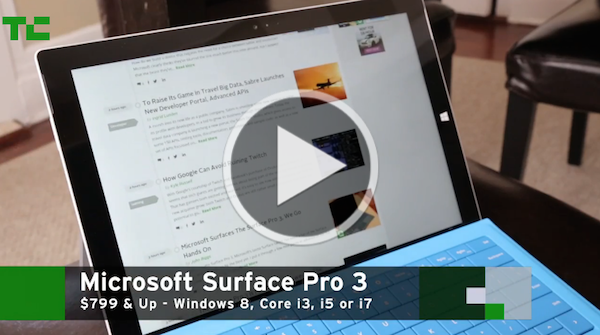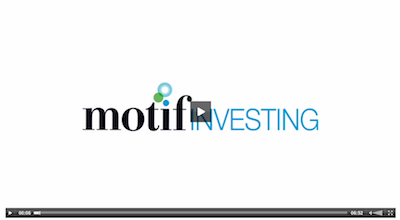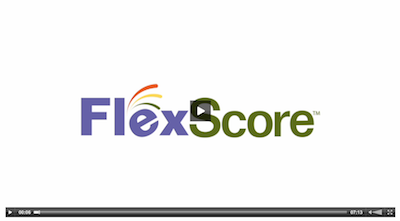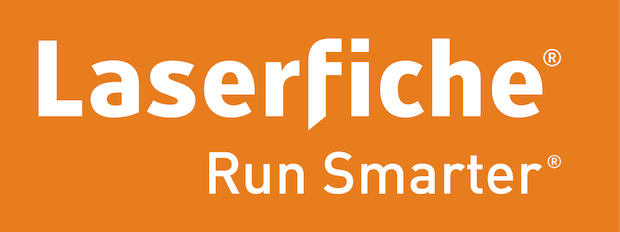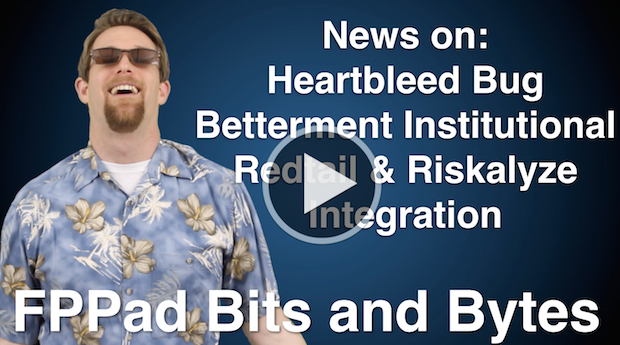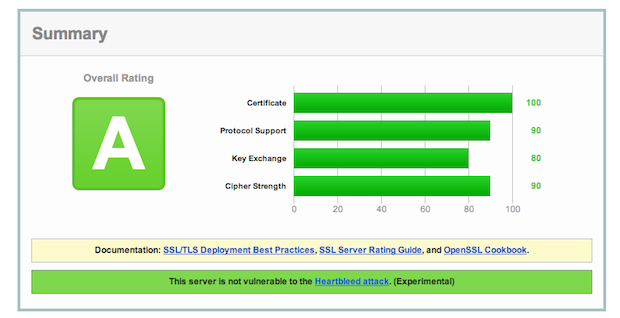On today’s broadcast, a group of NexGen financial planners reveal their top technology apps. Are you using any of these popular tools in your business? A startup named Quovo aims to streamline account aggregation. Will they be able to solve frustrations with managing held-away accounts? And, this month’s Journal of Financial Planning is packed with great content. Find out which contributions can help you boost your firm’s technology.
So get ready, FPPad Bits and Bytes begins now.
(Watch FPPad Bits and Bytes on YouTube)
Today’s episode is brought to you by the 2014 T3 Enterprise Conference, exclusively designed for the technology needs of broker-dealers and financial enterprises.
If you’re looking for the best place to monitor trends in broker-dealer technology, you need to come to Atlanta November 11th through 13th. Reserve your spot today by visiting t3enterpriseconference.com
Here are the links to this week’s top stories:
What an Elite Group of Younger Advisors Has to Say from Advisor Perspectives
[This week’s top story comes from Bob Veres, the savant of the financial planning profession, who provided an introspection of the FPA NexGen gathering he recently attended in Moline, IL. FPA NexGen is a community of over 2,000 FPA members age 36 and under, representing the future of the industry as they succeed today’s advisors who are entering retirement.
While Veres presents several thought-provoking discussions from the event, you’ll find his recap of technology tools and apps mentioned at the NexGen gathering to be of particular interest. Some of the top apps include ScheduleOnce, and online calendar clients can use to automatically book meetings, Evernote, an omnipresent note-taking app, Pay Simple, an online billing and payment service, and many more.] I recently served as a facilitator for the annual NexGen conference, this year held on the campus of Augustana University in Moline, IL., … [where] I was able to gain insight into the very different way that the financial planning landscape looks through the eyes of younger advisors just starting their careers — and in many cases, from the bottom end of a planning firm’s organizational chart.
Suggested apps/tools/technology for advisors coming out of #FPANexGen – Cc @BillWinterberg pic.twitter.com/RGZgHm1RW9
— MichaelKitces (@MichaelKitces) June 22, 2014
Advisor Aggravation from Financial Advisor Magazine
[Next up is a column from technology consultant Joel Bruckenstein. In his latest update for Financial Advisor magazine, Bruckenstein highlights a start up in the account aggregation space called Quovo.
For the longest time, reconciliation-ready account aggregation was available from just a handful of providers. First is ByAllAccounts, which was just purchased by Morningstar back in April for $28 million, then CashEdge, which was acquired by Fiserv for $465 million in 2011, and Aqumulate, formerly known as Advisor Exchange.
New to the scene is Quovo, which claims to aggregate data from over 18,000 financial institutions to provide detailed performance reports, asset allocation reviews, and even simulated market stress testing. Bruckenstein wrote that “Quovo has great potential in the advisory space,” so it’s worth adding the company to your technology radar, especially if you’re looking to improve your ability to work with clients’ held-away accounts.] In the wake of Morningstar’s recent purchase of ByAllAccounts, this seems like a particularly good time to take a look at a firm called Quovo.
Journal of Financial Planning July Issue from OneFPA.org
[And finally, the July 2014 edition of the Journal of Financial Planning is now available, and it’s a very good one with respect to technology. You’ll definitely want to check out the cover story that features two case studies on how to effectively market a financial planning business, then read a column from past FPA President Dan Moisand on why robo-advisors are a problem for the profession, and also read my own contribution on the seven most important tips you need to follow to enhance the videos you upload online.
You need to be an FPA member to access the digital edition of the magazine, but I think it’s worth it given the value you’ll receive from the Journal as well as the other member benefits offered by the FPA.] Marketing experts Kristen Luke and Kristin Harad, CFP®, offer specific marketing tactics for two very different advisory firms—one new, eager to start marketing, but not sure how; and one established, wishing to better attract high net worth clients.
Here are the stories that didn’t make this week’s broadcast:
MoneyGuidePro® Announces Enhanced Integration with Morningstar Office from BusinessWire
MoneyGuidePro®, a leader in goal-focused financial planning, and Morningstar, Inc., a leading provider of independent investment research, today announced greatly enhanced integration between MoneyGuidePro and Morningstar OfficeSM, the practice and portfolio management system for independent financial advisors.
Rebalancing Made Easy from Financial Advisor Magazine
Portfolio rebalancing can be a time consuming and largely inefficient task if attempted manually. That is why portfolio management software and rebalancing solutions have become so popular.
Morgan Stanley lets advisers write what they tweet from InvestmentNews
Morgan Stanley Wealth Management has given financial advisers the go-ahead to write their own Twitter content.
ProTracker pulls cloud-based CRM back into beta from InvestmentNews
Eight months after announcing the launch of a cloud-based customer relationship management product for advisers, ProTracker Software Inc. has stopped selling its ProTracker Cloud CRM while the company fixes some kinks in the product.








